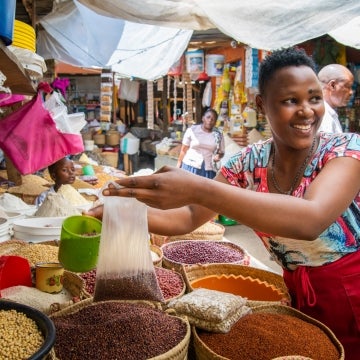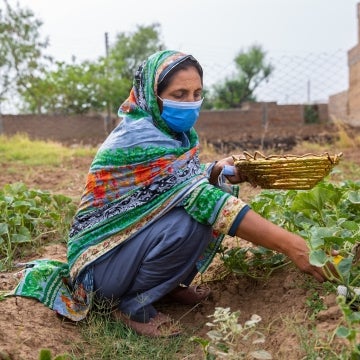Climate Risk Assessment: Three Questions FSPs Should Ask
As climate events become more frequent and intense, inclusive FSPs are increasingly being asked to conduct Physical Climate Risk Assessments by regulators, investors, and other stakeholders. Physical Climate Risk Assessments (PCRA) quantify how climate-related hazards (like floods, cyclones, or droughts) are likely to impact a financial institution’s portfolio and operations. Physical Climate Risk Assessments […]
Continue Reading








